The work is devoted to the study of the issue of creating small-scale production, which is based on the technology of three-dimensional printing from the side of history, geography and market conditions for additive technologies. This work considers the relevance and possibility of creating a 3D printing production center on the territory of the Russian Federation in terms of the technical component.
The analysis presented in this paper can be used to get acquainted with additive technologies as an element of a separate type of production industry and as a look at the world market of additive technologies through the eyes of an engineer interested in the development of this industry.
Contents:
Introduction
1. History of the industry
2. What can be printed with a 3D printer?
3. Modeling of products from polymeric materials by 3D printing
4. Prospects for 3D printing in industry
5. Geography: From Washington to Tokyo
6. Russian market
7. 3D farm project in Russia
8. Conclusion
List of sources used
Introduction
For the last 10 years, there has been a keen interest in the industry in product development for applications of rapid prototyping. By expanding this interest to new technologies such as 3D printing, large-scale manufacturing opens up new perspectives that could transform its future. These paths are being charted by the practical testing of 3D printing technologies, which is becoming a strategic method for an increasing number of industrial enterprises. The results of some of these tests give industry confidence in the need to bring 3D printing as a rapid prototyping tool.
The ability to consistently work with composites and high-quality polymers using layer-by-layer synthesis technology gives the industry a unique opportunity to do something new in the field of production. In particular, fiber-reinforced polymers and polymers that are resistant to high and extreme temperatures, such as PEEK (Fig. A), have attracted special attention in a number of industries over the past 5 years for various reasons. Some of the reasons for the interest are directly related to energy savings, lightweight construction, thermomechanical properties, biocompatibility, chemical inertness and electrical properties. Therefore, materials are the focus of industry interest in additive technologies.
Polymers are by far the only class of materials that are easy to process with relatively low energy consumption. They are combined with various other materials and are used in engineering and process applications with a wide variety of requirements. Therefore, it is necessary to actively study the manufacturability of polymeric materials using layered technologies.

Figure 1 - 3D printing of parts using Fused filament fabrication (FFF) technology from various polymeric materials
Rapid prototyping is based on the idea of producing functional parts in the shortest possible time. By allowing freedom in the manufacture of parts of complex geometry, rapid prototyping opens the way to the introduction of mass customization into production. Since, compared to traditional production methods such as injection molding (Figure B), the specific time of manufacturing a part remains a critical point, 3D printing technology is no doubt inherently designed for small-scale production or for the production of parts of extremely complex shapes. .

Figure 2 - Profitability Comparison: Additive vs. Conventional Manufacturing
In other words, we now have a market for businesses that rely on 3D printing or additive technologies. To keep pace with the demands for developing tools, molds, dies and support structures for practical engineering, manufacturers in the materials market are expanding their portfolios to include materials for layering technologies. These materials are more expensive than, for example, ABS, PLA, or photopolymers traditionally used in 3D printing for rapid prototyping. The efficiency of these materials is high, but 3D printers that can bring them to the industrial level are also noticeably more expensive than those used for hobbyist tasks or just for prototyping.
Technological requirements for the respective materials can be extremely stringent. For example, industrially established thermoplastics such as PEEK are not easy to process. Among the existing 3D printing technologies with PEEK, only filament fusing (FFF) and selective laser sintering (SLS) technologies can work. These methods are very different - different physical effects are applied when working with the material, so the parts printed by each of the methods will differ structurally, especially at the microscopic level, which means that their mechanical properties will also differ. The technical or scientific explanation for the difference in these properties is not trivial, but it can be traced to the thermal stress on PEEK during laser processing and during melt and set in the FFF method. Such differences, especially in the properties of final parts, can significantly affect market preferences.

Figure 3 - 3D PEEK FFF part

Picture 4 - Tensile strength of a sample from PEEK

Picture 5 - Tensile strength and deformation of parts made from PEEK according to SLS and FFF
Today we have proof that 3D printing technology works. Given this fact, a very bright future can be predicted for fast manufacturing technology. It fits the story well with lean production lines, short supply chains, changed logistics and warehousing. Rapid production technology, as well as the tools that support it, are fully consistent with the scientific direction of “manufacturing on demand”, occupying a worthy place in the Industry.
1. History of the industry
Despite the fact that 3D printers have only become actively talked about in recent years, the history of the development of three-dimensional printing has about 30 years: the first application was recorded in the 1980s. The founder of additive technologies is considered to be Charles Hull, who in 1986 patented such a method as stereolithography. In the same year, the American founded the company 3D Systems and developed the first 3D printer Stereolithography Apparatus. And in 1988, having improved the previous model, the company began the first mass production of SLA-3 250D printers. The second milestone in the development of 3D printing was the discovery in 1988 of FDM technology by Scott Crump and the founding of Stratasys by him.
Initially, the term “3D printing” did not exist, and innovative technologies were called “rapid prototyping”. The new term appeared in 1995 thanks to two students at the Massachusetts Institute of Technology - Jim Bredt and Tim Anderson. They came up with the idea to rebuild the work of an ordinary inkjet printer so that it makes a three-dimensional image in a special container, after which they patented the idea and opened the Z Corporation. This technology, which is based on layer-by-layer bonding of powder, is still used for industrial modeling.

Figure 6 - Prototype 3D Printed Aircraft Engine Holders (GE image)
It is not surprising that the companies created by the progenitors of technology are industry leaders in the modern world. The main market players also include Arcam, ExOne, Voxeljet, SLM Solutions, Shapeways. They are trying to catch up with Hewlett-Packard, which is actively working in the market of traditional printers. HP CEO Meg Whitman recently said that the company intends to address the two main problems holding back the development of 3D printers by increasing print speeds and improving quality. HP promises to present its developments, but for now one can only guess what it will be: a new technology or a new 3D printer.
2. What can be printed with a 3D printer?
Small souvenirs, unpretentious toys, all kinds of household appliances, fully functional mock-ups and even prototypes - the choice is limited only by your imagination and knowledge of the CAD program. But few people know that today 3D printing technology has already crossed all unthinkable boundaries: architects from Shanghai and Amsterdam are printing entire residential buildings, young fashion designers are experimenting with 3D printers to create clothes and shoes, and doctors are no longer only printing prostheses and implants, but and are working on the creation of artificial human organs and tissues. A serious claim to take a strong position in the industry and a challenge to traditional methods of manufacturing parts was the fact that such industry giants as General Electric and Siemens are already using additive technologies, however, so far as an experiment.

Figure 7 - Twelve-year-old Leon McCarthy's prosthetic arm is made from parts printed on a MakerBot 3D printer (Photo: Brian Snyder/Reuters)
According to the American consulting company Wohlers Associates, the greatest demand for additive technologies is observed in the consumer sector of goods and electronics (22% of the revenue of the 3D printing industry in 2012), the automotive industry (19%), medicine and dentistry (16%), production (13%), in the aerospace industry (10%).
The term that in world practice refers to the use of 3D printing in industry is “Additive manufacturing”, which means the manufacture of a product by adding. Additive technologies differ from each other in the choice of materials and the method of their application, however, in all cases, the creation of a model is based on layer-by-layer build-up. Consumables can be plastic, concrete, gypsum, wood fiber, polycarbonate, metal, and even living cells and chocolate. There are two methods of application: inkjet and laser. The inkjet method includes technologies such as Fused deposition modeling and Polyjet, while the laser method includes Laminated object manufacturing, Selective laser melting, Selective laser sintering, laser metal deposition (Laser metal deposition) and laser stereolithography (Laser stereolithography).
Expert comment:
Evgeny Kablov, General Director of VIAM: At the moment, aviation industry enterprises purchase and use foreign-made alloy powders supplied by plant manufacturers. At the same time, there is an urgent need for metal powders of domestic alloys. There is no serial production of powder materials for these technologies in Russia. The need of the existing fleet of plants for additive manufacturing in the Russian Federation in powder materials is approximately 20 tons per year.
To solve this problem, VIAM organized a closed cycle of additive production of gas turbine engine parts, including the production of consumable charge blanks, the production of fine metal powders of domestic alloys and the development of technologies for selective laser sintering of parts from these powders with subsequent gas static treatment. The possibility of carrying out a full cycle of research and providing the products with the necessary scientific and technical documentation also opens up the prospect of organizing serial production of metal powders at VIAM with their subsequent certification for leading engine-building enterprises.
3. Modeling of products from polymeric materials by 3D printing
Industrial design today lags behind the development of technology. Attention should be paid to the importance of using 3D printing both at the design stage and for production.
It will soon be 30 years since the stereolithography device was patented, effectively becoming the first 3D printer. Despite this, 3D printers continue to be an outlandish novelty, the essence, purpose and advantages of which are still not obvious to many. The attitude towards such devices varies widely from the utilitarian reproduction of piece quantities of parts removed from mass production, to the embodiment of any, even the most fantastic forms and objects in material form.
Wherever 3D printers appear, they create a real revolution. Designers can bring their concepts to life in full color realistic models. Marketers begin to promote a product even before its production begins. In some cases, 3D modeling technology can be applied to small-scale production of samples. But in order not to make a mistake in the choice, the specialist who makes the decision to purchase a XNUMXD printer must evaluate not only the direct costs of the acquisition, but also all the others - often they can decide the fate of the purchase. According to the accuracy of work, printers are divided into consumer, personal, professional and production classes.
Consumer - a type of printer that is intended for personal use. Designed with an eye on the average user and equipped with a fairly simple and intuitive interface. Printed, as a rule, ABS and PLA plastic.
The personal class of printers is borderline. It can be considered as a home printer, but at the same time it belongs to the lower rung of industrial printers for business. These devices have much in common with their consumer-grade siblings, but offer the higher quality and precision of printing that comes with professional 3D printing systems.
Professional - systems of this class no longer look compact. This is the basis of 3D printing technology, which includes all the achievements and possibilities available to the industry. The purpose of professional systems can be very different, from prototyping to full-scale production.
Production - the name of the class speaks for itself. These machines combine the precision and quality of professional printers, large print area, high level of automation and process control. On them, as well as on professional installations, it is possible to print not only prototypes, but also the final consumer product.
It should be noted that the most common materials for creating three-dimensional models are polymers such as polylactide (PLA) and ABS plastic.
Polylactide (PLA) is a thermoplastic, aliphatic polyester whose monomer is lactic acid. The raw materials for production are annually renewable resources such as corn and sugar cane. Plastic is biocompatible and biodegradable, which means it is environmentally friendly. It is used for the production of products with a short service life (food packaging, disposable tableware, bags, various containers), as well as in medicine, for the production of surgical sutures and pins.
ABS plastic (Acrylonitrile, Butadiene, Styrene) is an impact-resistant technical thermoplastic resin based on acrylonitrile copolymer with butadiene and styrene (the name of the plastic is formed from the initial letters of the names of the monomers). The proportions can vary within: 15-35% acrylonitrile, 5-30% butadiene and 40-60% styrene. Like polylactide, it can decompose under the influence of sunlight, which makes it environmentally friendly.
The widespread introduction of 3D printers is hindered primarily by the high price of the device, which, although it tends to decrease, still remains outside the mass consumer segment. However, over the past decades, a large number of varieties of printers have arisen both in terms of the method of product formation and materials. Printers began to specialize. The following directions are clearly visible:
1) medical and biological - printers that create prostheses or grow organs for transplantation, a material similar in properties to bone, on which living cells can grow;
2) construction - the creation of various structures up to small residential buildings, the material is an analogue of concrete;
3) engineering - the creation of parts for cars, aircraft and other complex technological products, the material is metal or plastic in properties comparable to metal.
However, the printer that creates products from ABS or PLA plastic remains the most popular. Such devices, due to mass production and the availability of consumables, may soon become commonplace in educational institutions and even schools. The principle of operation of these printers is based on the layer-by-layer application of heated plastic. The plastic overlay contour is formed by the control program and converted into movements of the extruder head along the X and Y axes. After the next layer is applied, the head rises by an amount equal to the layer height, and the process is repeated for a new layer. This printer uses 3mm or 1,75mm plastic filament (ABS or PLA) as a consumable. The outlet has a diameter of 0,05 to 3 mm.
Although 3D printers mainly use hard materials, it is also possible to create elastic products. The 3D printer has already learned how to print even clothes. Of course, the clothes printed on the printer are not yet sold in stores, but they already definitely exist. For example, Dita Von Teese has already shown the world a 3D printed evening dress made especially for her. And the dress turned out perfect. From the point of view of ordinary people, 3D clothing is beyond the capabilities of tailors, as it is printed taking into account all the individual characteristics of the buyer. As part of the Design Week, which took place in October 2013 in Moscow, at the Artplay Center for Contemporary Art, shoes by the Dutch designer Iris van Herpen, created on a 3D printer, were presented. Iris van Herpen showed dresses made using the same technology at Paris Fashion Week. The day is not far off when 3D printing will become commonplace both in the work of fashion designers and in private ateliers.
Along with enthusiasm and surprise at new opportunities, warning voices are increasingly heard. We are afraid of rising unemployment due to the replacement of manual labor by printers. On the other hand, printing on a printer requires a well-prepared file, which means the work of a highly qualified specialist who most likely wants to consider his work the subject of copyright. Current practices suggest that the widespread introduction of 3D printing will be accompanied by massive copyright infringement. To which one can object that even today one can see how society solves this problem on the example of photographs: some works that are popular become very cheap or completely free. On the other hand, exclusive, author's works, interesting to another circle of consumers, are successfully sold for a lot of money and find their buyer. In any case, printers will not only copy well-known products, but create new ones, designer ones, and even those that cannot be created with old technologies. Society after the spread of 3D printers will raise the standard of consumption.
4. Prospects for 3D printing in industry
The main directions of development of mechanical engineering at present are: the use of new polymeric, composite, intelligent materials in the production of machine parts; development of new technological methods, equipment and processes for the production of engineering products. The first step towards creating a machine is the spatial design of mechanical engineering products using computer virtual digital three-dimensional models, which became possible thanks to the introduction of modern software (CAD-program), modeling and calculations (CAE).
The introduction of “three-dimensional printing” technologies (3D printing) provides the ability to create a machine part or product as a whole based on the developed 3D model in the shortest possible time and with minimal loss of materials. Methods for manufacturing products based on the process of combining material to create an object from 3D model data have been collectively called “additive technologies” (additive). In this context, traditional engineering technologies based on the machining of a workpiece, in which part of the material is removed (turning, milling), are subtractive. At the heart of modern additive technologies is the method of forming a part from a polymer composite material by gradually building up with the help of thermal or any other impact, which results in a part of the required shape with specified dimensions.
Currently, there are already more than 30 different types of additive manufacturing processes. The main advantages of additive technologies over traditional ones are:
o reducing the complexity of manufacturing;
o reduction of terms of design and manufacturing of the part;
o reducing the cost of designing and manufacturing parts;
o economy of engineering materials.
The emergence of additive technologies dates back to the end of the 80s of the last century. The pioneer in this area is 3D Systems (USA). The first classification of additive manufacturing methods for the production of parts was given in the ASTM F2792.1549323-1 standard, largely obsolete over the past twenty years due to the rapid development of technological equipment. On September 1, 2015, by order of Rosstandart, a technical committee “Additive technologies” was created to develop terms, definitions and standards related to them. The development of a classification of additive technologies, taking into account the variety of methods, materials and equipment used, is not an easy task. First, it is necessary to single out two directions in the development of additive technologies according to the principle of part formation.

Figure 8 - Directions for the development of additive technologies according to the principle of part formation
The first direction provides for the formation of a part by combining the material distributed on the working surface of the platform of technological equipment (Bed deposition). After the end of the manufacturing process, there is a certain amount of material left that can be used to form the next part. The processes of combining the material distributed on the platform form the basis of various types of technological equipment for the production of parts using additive technologies:
– SLA – Steriolithography Apparatus;
– SLM – Selective Laser Melting;
– DMLS – Direct metal laser sintering;
– EBM – Electron Beam Melting;
– SHS – Selective Heat Sintering;
– MIM – Metal Injection Molding;
– Ink-Jet or Binder jetting;
– UAM – Ultrasonic additive manufacturing;
– LOM – Laminated Object Manufacturing.
The second direction of forming parts is by direct deposition of the material (Direct deposition). In this case, the product is formed in layers directly from the material heated to the required temperature, which enters the working platform from a special distributing device. On the principle of direct material deposition, the following types of technological equipment for the production of parts using additive technologies are built:
– CLAD – Construction Laser Additive Di-recte;
– EBDM – Electron beam Direct Manufacturing;
– MJS – Multiphase Jet Solidification;
– BPM – Ballistic particle manufacturing;
– MJM – Multijetting Material.
– FDM – Fused Deposition Modeling.

Figure 9 - Classification of additive technologies according to the state of aggregation of the material used in the formation of the part

Figure 10 - Classification of additive technologies by type of material used

Figure 11 - Classification of additive technologies according to the type and shape of the material used to manufacture parts
Feedstock is the international name for a granular mixture of powder and binder. Obviously, for the production of raw materials used in the formation of parts using additive technologies, various types of special technological equipment are used, the listing and description of which is not provided for by the scope of this article. The process of creating a product using additive technologies can be represented as a sequence of actions.

Figure 12 - The structure of the additive manufacturing process for the production of engineering products
In accordance with the presented algorithm, at the first stage of product creation, a 3D model is developed using a CAD program in accordance with the terms of reference and the requirements of standards. After that, it is necessary to export the data of the file of the solid modeling program to a format accepted by the program of the additive manufacturing control machine (for example, “STL”). Before the next stage, possible defects in the model are identified. A model intended for 3D printing must be airtight, monolithic and not contain hollow walls, which is ensured using special programs. Next, the information from the STL file is converted into commands, following which the 3D printer produces the product, this is the so-called G-code.
During this procedure, you should select the desired scale of the part, the correct position in space, and also accurately position the model on the work surface. The result of the whole process, strength, surface roughness of the part and material consumption depend on this. After the settings are made, the model is divided into layers of material, which are “fitted” into the body of the part in one working cycle of the additive machine. This process is called slicing. Slicing is done using the software supplied with the machine, or using special tools (Simplify, Skein-forge, Slic3r, KISSlicer, MakerWare, etc.). The G-code obtained in the previous step is transferred to the 3D printer via flash memory or via a USB cable. In the process of preparing and setting up the additive machine, calibration, preheating of the working bodies, selection of the model material and setting the parameters of the equipment operation modes that depend on it are performed. On professional level devices, this step can be combined with the slicing process procedures. After all the preparatory operations are completed, the printing process starts, that is, the layer-by-layer combination of materials. Its duration depends on the type of technology and the selected parameters for the accuracy and quality of the part.
If necessary, the created part is subjected to additional technological influences: removal of supporting supports, chemical or heat treatment, finishing of working surfaces. At the final stage of production, the quality control of the manufacturing of the part is carried out, including verification of compliance with the regulatory requirements of geometric dimensions, indicators of physical and mechanical properties and other parameters that affect the consumer properties of the product. For construction and transport-technological machines, the prospects for the use of additive technologies are primarily obvious in the production of the following types of parts:
o plastic body parts of electrical appliances;
o components of hydraulic equipment (seals of guide pistons and pistons of hydraulic cylinders, detachable connections, elements of distributors, pumps and hydraulic motors);
o production of nozzles for engine cooling and power systems;
o trim details of the operator's cab: lever handles, panels, switches, joysticks, etc.;
o body, safety, articulated and other parts of attached working equipment;
o bushings of hinges of movable joints, working as a plain bearing of the working equipment.
Of particular interest is the possibility of using additive technologies for rapid prototyping in the development of working equipment, such as construction machines. The development of a prototype (layout) of the working body is the most important stage in the creation of the machine. The prototype of the finished product not only gives an idea of its appearance and weight characteristics, but also allows you to assess the compliance of the achieved performance properties with the requirements of the technical specifications. Consider the prototyping procedure using additive technologies using the example of an excavator bucket. Rapid prototyping when designing new modifications of buckets provides:
o visualization of the appearance of the bucket;
o confirmation of the compatibility of kinematic parameters with the base machine;
o the possibility of assessing the Infill of the bucket with soil and its subsequent unloading, which plays an important role in the development of soils with high stickiness or freezing;
o the possibility of studying the process of chip formation when cutting soil with a bucket;
o identification of areas subject to the greatest abrasive wear during operation;
o development of technological processes of assembly, welding, machining and painting;
o employee training.
A variety of types and properties of model materials used for prototyping provides ample opportunities. For example, a model created from a transparent polymer makes it possible to study not only the interaction of the surfaces of the working body of an excavator with the soil during Infill, but also the processes occurring in the developed soil. This allows you to choose the optimal shape of the bucket, which provides the least resistance when digging the soil.

Figure 13 - Digital model of the excavator bucket prototype
Analysis of the model using the finite element method allows you to evaluate the distribution of stresses that occur in the structure during digging

Figure 14 - Distribution of internal stresses in the bucket structure
Distribution of internal stresses in the design of the excavator bucket in the process of excavation The creation and testing of a prototype bucket provides:
o cost savings for full-scale tests;
o prevention of errors in the design and assembly of the product;
o weight reduction of the bucket;
o increasing the efficiency of excavation with a bucket, which, in turn, reduces fuel consumption;
o increasing the reliability and durability of working equipment;
o the possibility of assessing the life of the bucket and the intensity of wear of the teeth in the process of developing soils of various categories.
The process of creating an excavator bucket using a layout consists of the following steps:
o development of a digital 3D model of a bucket, carrying out calculations using specialized software products.
o Prototyping using additive technologies: preparing a model for prototyping, substantiating the scale for the layout and forming a ladle from thermoplastic material.
o carrying out tests and experimental studies of the bucket prototype.
o processing and analysis of research results, making the necessary changes to the bucket design, finalizing design documentation, agreeing and starting production

Figure 15 - Model of an excavator bucket made of plastic, made by 3D printing
But the manufacture of parts from polymeric materials for repair can be useful in the following:
o instead of metal - a measure that reduces the downtime of equipment due to a sudden failure (temporary replacement). This is especially true in companies that do not conduct PPR events. For a small business operating several units of machines for various purposes, the budget of which does not allow maintaining employees for the purchase of spare parts or having a stock of replacement parts;
o instead of plastic, it will allow you to print parts of an individual repair size;
o the use of composite materials with properties that exceed the parameters of the original part;
o production of a small number of parts in electrical engineering and hydraulic drive;
o mobility of printers: placement in the car is possible;
o relatively low power consumption.
An important factor is the fact that in additive manufacturing and restoration of parts, the developer can be at any distance from the object (machine) due to the widespread use of computer networks. Scanning damaged components of assembly units using a 3D scanner (reengineering) with subsequent computer processing and printing opens up prospects for creating universal multifunctional production and repair complexes. Scanning significantly increases the speed and accuracy of part production, and also reduces the cost of measuring tools. Currently, a 3D scanner is already being used in quality control of manufactured parts at leading enterprises.
5. Geography: From Washington to Tokyo
According to Wohlers Associates, the US accounts for 38% of the global additive manufacturing industry, followed by Japan at 9,7%, followed by Germany at 9,4% and China at 8,7%. The United States does not want to give up its leadership position in 3D printing to anyone. To accelerate the development of innovative technologies, five departments - the Department of Defense, the Department of Energy, the Department of Commerce, the National Science Foundation and NASA - initiated the creation in 2012 of the National Institute of Innovative Manufacturing, which was later renamed America Makes. This organization promotes cooperation between business leaders and scientific institutions, helping to promote innovative developments in additive technologies in the global market. About 100 companies, non-profit organizations and government agencies participate in the work of the institute.
The second major step was the start of construction of the Digital Lab for Manufacturing in Chicago. The Ministry of Defense has already allocated $70 million for this project, and another $250 million is expected from industry representatives, educational institutions, government and public partners. Digital Lab will have common partners with America Makes, such industrial giants as Rolls-Royce, Dow Chemical, Procter & Gamble, General Electric, General Dynamics, Lockheed Martin, Honeywell, Rockwell Collins, Microsoft, Boeing, Autodesk and 3D Systems. Digital Lab is currently launching an open online software platform for real-time design and collaboration.
During his administration, US President Barack Obama announced the creation of the Institute for Manufacturing Innovation in Light and Advanced Metals in Detroit, a project the Department of Defense will also allocate $ 70 million for this project.
Europe turned out to be the “headquarters” for the largest manufacturers of industrial 3D printers: Voxeljet, SLM Solutions, EOS GmbH, Concept Laser, Realizes (all five are Germany), Arcam (Sweden), Phenix Systems (France), Renishaw (UK). European countries also understand the promise of additive technologies and support the development of the industry. Thus, the UK Treasury is ready to allocate about $ 25 million for the creation by 2015 of the Center for Additive Technologies. The new center will be located next to the Technology Manufacturing Center in Coventry and will develop products for jet engines, automotive and medical applications. But in Germany, the initiative comes from the industry (with the support of the federal states): Boeing, EOS GmbH, Evonik Industries, MCP HEK Tooling, together with the University of Paderborn, opened the DMRC research center back in 2008, in which nine projects were already implemented in 2012 in this direction.
Another major initiative is the five-year AMAZE project, launched in 2013 by the European Space Agency. The project budget, which involves 28 companies, including Airbus, Astrium, Norsk Titanium, Cranfield University and EADS, amounted to about 20 million euros. One of the goals of the project is to create high quality metal products capable of operating at extremely high temperatures, which are achieved, for example, in a thermonuclear reaction or in rocket nozzles.
China, using the full power of its industry, intends to undermine the leadership position of the United States. The profile industrial union of the People's Republic of China predicts that by 2016 the Chinese market of 3D printing will reach $1,65 billion that is 10 times more in comparison with 2012. To achieve this ambitious goal, the China 2012D Printing Industry Alliance was formed at the end of 3, consisting of 30 Chinese research institutes and leading companies in the industry. This organization plans to build 10 innovation centers and invest $3,3 million in each. Meanwhile, the success of Chinese engineers is not inferior in importance to European and American ones. In China, the first tests of a fighter with a supporting structure printed from titanium powder took place. And Southern Fan unveiled the world's largest 3D printer (28 meters long, 23 meters wide and 9,5 meters high), capable of producing metal components with a maximum diameter of up to 6 meters and a weight of up to 300 tons. The products are planned to be used in the nuclear, petrochemical, and metallurgical industries.
Japan has also been evaluating the prospects of 2014D printing, and in early 3 established a research association to develop industrial 37D printers designed to produce complex metal parts for aviation and medical applications. The Ministry of Economy, Trade and Industry of Japan intends to allocate about $ 2015 million for the project. According to the authorities, the first devices will appear by 2019, and at the end of 3, mass sales of 27D printers will start. Association members are national universities and 5 technology companies, including Panasonic, Mitsubishi Heavy Industries, IHI, Kawasaki Heavy Industries, Komatsu and Nissan Motor. The annual membership fee for each organization will be $XNUMX.
6. Russian market
There is not a single 3D farm in Russia! At the same time, I dare to call Russia the leader in the development of 3D printing, both in terms of materials and in terms of manufacturers of 3D printers in the field of FDM technology. Our analysis and experience in this area shows that the highest quality polymer printing is carried out in Russia.
A logical and logical question in studying the geography of 3D printing is: there is a demand, the best materials, the best XNUMXD printers, why is there still no Russian additive manufacturing site with such a foundation?
The thing is that Russian investors invest in short-term projects with minimal risks. Innovation projects are viewed with extreme caution or disinterest. All this together led to the fact that some of the developers and scientists of this industry went abroad, and large companies are engaged in the supply of equipment and raw materials from abroad, supporting the foreign manufacturer and dryly promoting the domestic one. In the 3D farm concept, we pursue not only the commercial potential of the additive technology market, but also the development of the additive industry in the Russian Federation in the global 3D printing market. And we are convinced that we have something to answer our foreign colleagues.
While the Russian market is less than 0,5% of the world, and over the next five years, its growth rate will not increase, according to Research.Techart. It is not surprising, because the development of additive technologies in Russia is in its infancy, the main reason for the situation, according to experts, is the lack of support from the state.
To develop technology, it is necessary to work in several directions at once: both the training of qualified personnel, the formation of new standards, and the adoption of new regulatory documents. Nevertheless, some targeted actions in this direction are being taken by both individual officials and scientists.
In particular, Russian Deputy Prime Minister Dmitry Rogozin, who is in charge of the military-industrial complex in the government, proposes to develop the concept of a “digital factory” with a full production cycle, from design to the finished product. Such factories (3D farms) could include additive technologies, high-performance automated lines for the rapid production of electronic components, robotic production control, national CAD-, CAE-, CAM-systems, new assembly production technologies, product life cycle management systems . In his opinion, to implement the concept of a “digital factory”, and in particular the development of additive technologies, joint efforts are needed on the part of the Military Industrial Commission, the Ministry of Industry and Trade of the Russian Federation and the Advanced Research Foundation.
Moreover, in Russia, according to D. Rogozin, there are companies and research centers, through which the development of additive technologies can take place: Moscow State University. Lomonosov, MCLT, CJSC NII ESTO, CJSC NT-MDT, GK Promtekhnologiya, MSTU im. Bauman, MSTU "STANKIN", MISIS, MAI. They have high-level equipment in their arsenal that can carry out R&D and control the quality of work at every stage. Also, with the support of the federal budget, regional engineering centers are being opened. In addition, the already mentioned companies are operating in Russia, offering equipment from foreign manufacturers. However, according to the Deputy Prime Minister, "the weakness of both is the lack of an integrated approach and inconsistency in the development and implementation of digital technologies."
7. 3D farm project in Russia
After analyzing the existing 3D printing technologies, market demand, produced and available materials, we made our choice on FDM (FFF) technology. This technology is not only universal from the point of view of a wide range of fields used, but also, with the right approach, in a number of tasks it makes it possible to completely exclude the use of not only other types of three-dimensional printing, but also other types of production in principle. Comparing the prices, terms and quality of similar projects in different companies more than once, we came to the conclusion that we not only do not concede in quality, but win in the terms and cost of projects. FDM technology makes it possible to obtain both souvenir and engineering products, both high-precision parts of complex shape, and durable working elements of prefabricated structures, both prototypes for medicine and a prototype for quick fitting before launching large-scale production.
The project was launched in 2014 Studia3D. The main concept of the project is the production of products by means of three-dimensional printing.
As a 3D printing services company, we are constantly researching both the materials available on the market and the technology itself to predict the future result in terms of dimensions and strength characteristics of incoming orders. Based on our own research and implementation, we can give a guarantee for products manufactured on a 3D printer. Please note that this has not yet happened in Russia. Most companies reduce XNUMXD printing to prototyping or design research. In turn, we are moving along the path of industrial expansion, following the idea to bring the industry of additive technologies in Russia into a separate branch of the production process, comparable to casting, milling, stamping, rolling, etc. We often combine technologies, replacing several technological operations with one - XNUMXD printing, and sometimes completely excluding traditional manufacturing methods.
To date, included Studia3D not only highly qualified specialists, but also a software base capable of scaling production volumes, if not to the level of a plant, then to the level of a large production workshop. In view of the fact that investments have never been attracted to the project, the project is developing more slowly than demand and demand are growing. Since January 2018, we have switched from a mass advertising campaign to a moderate one. We can no longer keep up with the incoming volume of orders. In turn, we understand that without investments, we cannot take the lead from foreign partners, who at any moment can enter the Russian market, even at a loss, by organizing their own 3D farm on our territory, thereby killing domestic producers. This concept has been repeated many times in metalworking and woodworking machines. As an example, rolling mills, an area in which our market is dominated by such foreign manufacturers as Demag or SMS Group, although not so long ago VNIIMETMASH, a domestic manufacturer of rolling mills, was the leader and main competitor in the described area. Based on the historical experience and the level of scaling of our foreign partners, there is only one conclusion - to act immediately!
Consider the analogy with computers. In the recent past, when the first computers first appeared, the owner of such a device, as a rule, was automatically an entrepreneur, providing computing power services using his equipment. Now that the computer has become a mass phenomenon, only companies that have been able to grow into DATA centers have remained on the market. With a shortage of computing power of personal computers, users, as a rule, the business segment, use the computing power of such centers. As practice shows, the majority of such centers are companies of foreign lands. The same pattern can be traced in XNUMXD printing. There is an opportunity to prevent such a scenario in the field of additive technologies, in particular with FDM technology. We have everything for this!
8. Conclusion
In the presented justification, we tried to consider as broadly as possible the relevance and real possibility of creating a production complex in Russia, built on the layer-by-layer growth of physical objects using a high-tech, semi-automatic XNUMXD printing method. Having carefully considered this issue from the side of history, geography and market conditions, we came to the need to attract investment in this area, not only from the point of view of the commercial component, but also from the point of view of a matter of national importance. With full responsibility to investors and the state, relying on experience and my own research, both technical and economic, with a deep conviction in the correctness of my reasoning, I affirm that this project is not just relevant, but necessary!
List of sources used
1. Aryulin S.B., Kamonichkin D.T. Determination of the parameters of the deformation zone during rolling on a pendulum mill. // Blanking production in mechanical engineering. 2015. No. 9.p. 32-40.
2. Kocheshkov I.V., Kamonichkinka N.V. Study of the strength characteristics of a model material obtained by FDM printing using ABS plastic. // Additive technologies. 2018. №3.
3. http://www.indmatec.com/en/indmatec-blog/3d-printing-as-a-manufacturing-tool
4. Ekaterina Vershinina ADDITIVE TECHNOLOGIES: PROSPECTS FOR 3D PRINTING IN THE INDUSTRY // http://www.up-pro.ru/library/innovations/niokr/additive-3d.html

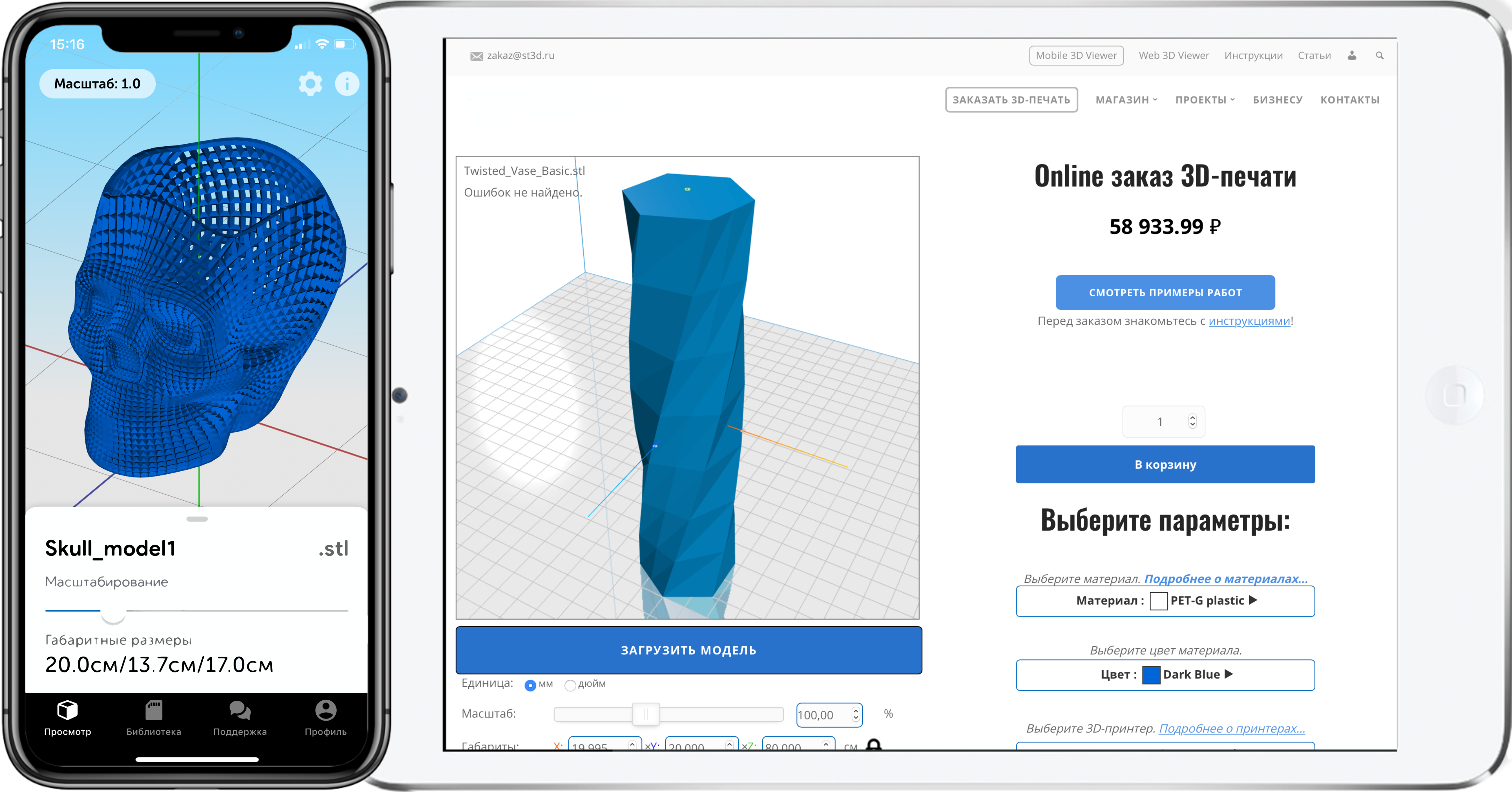



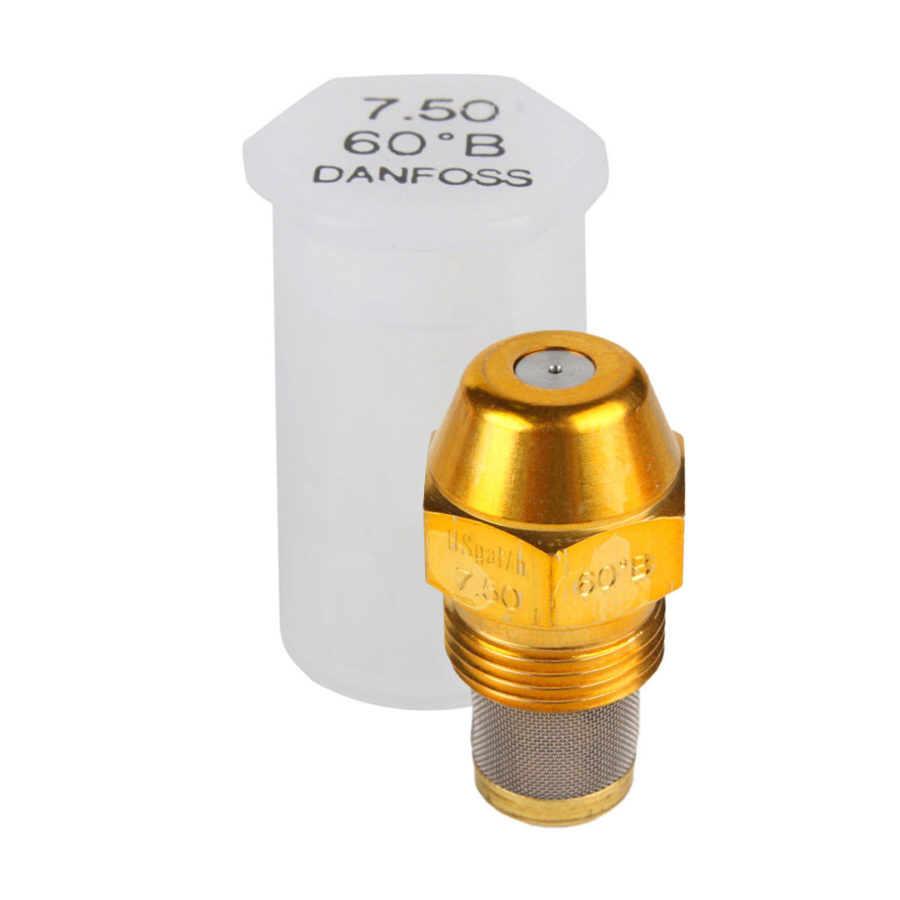
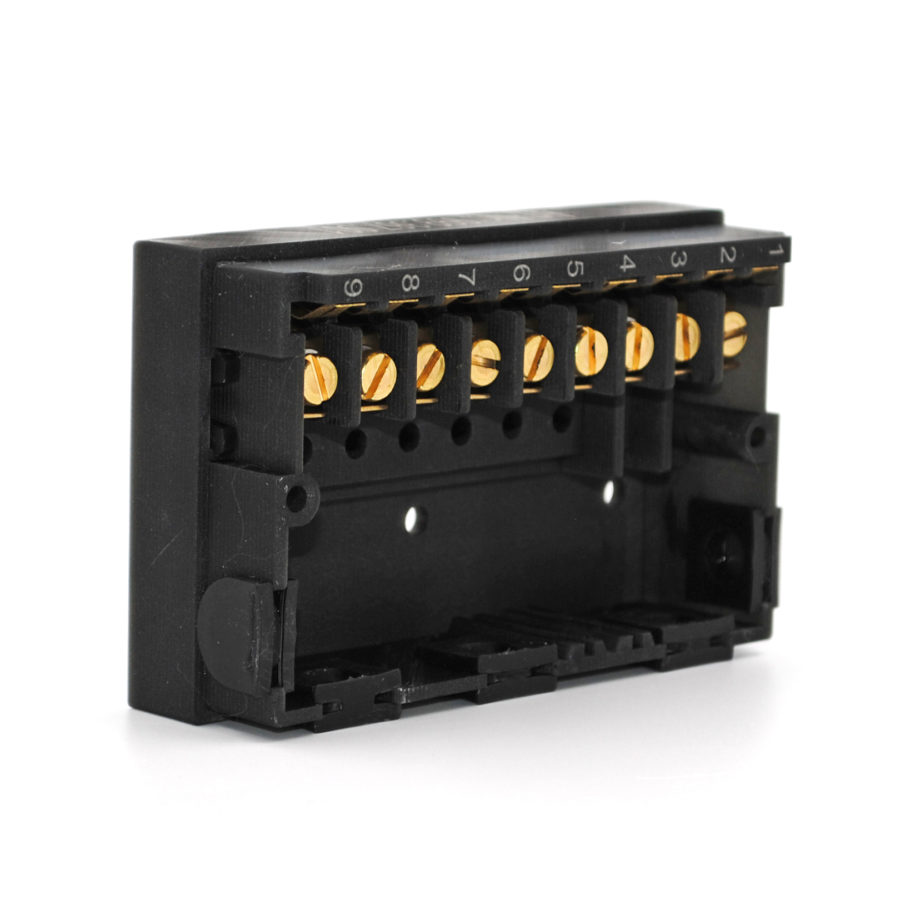
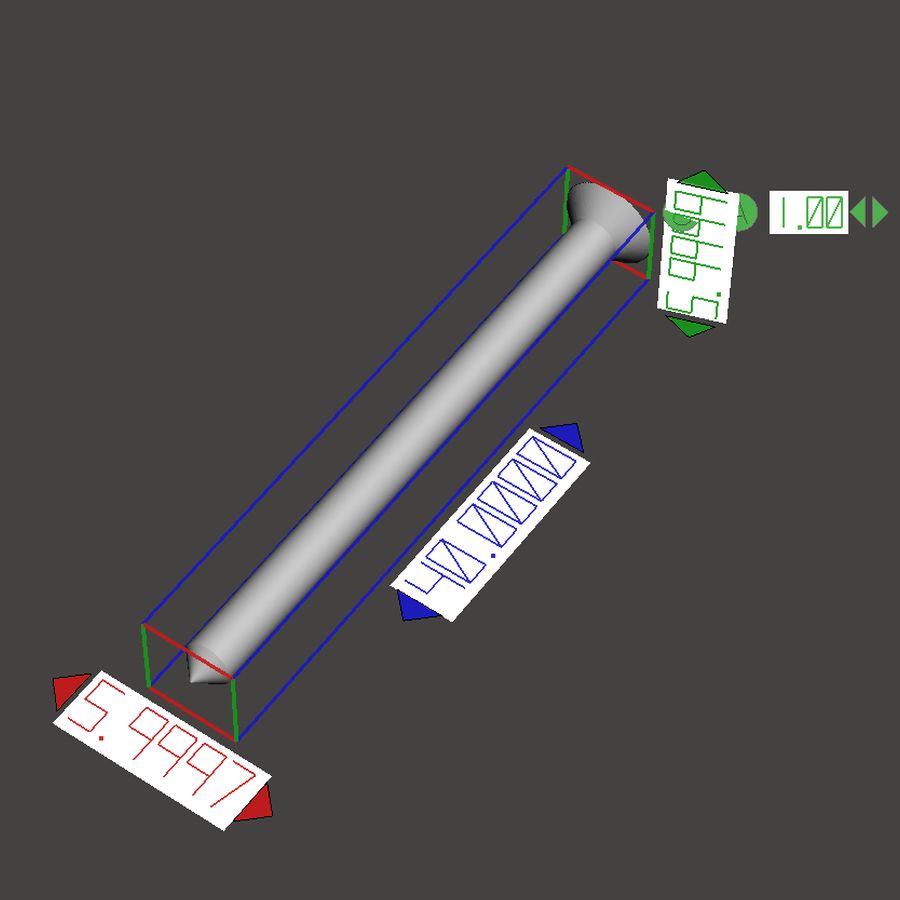
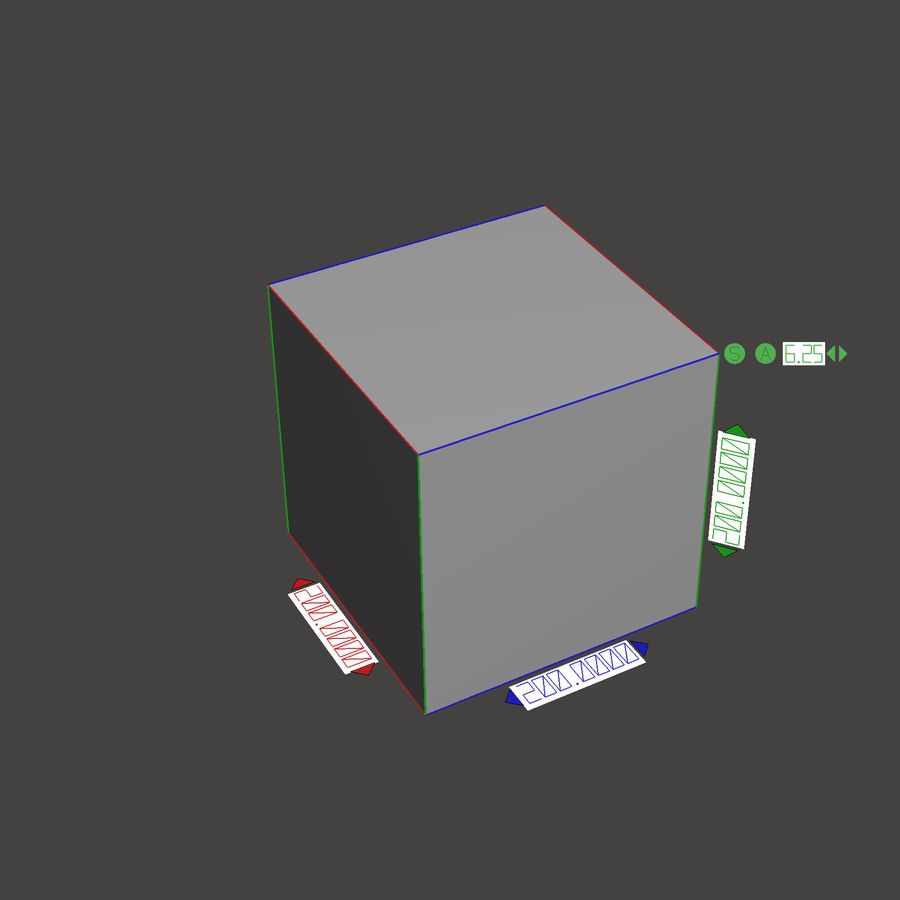
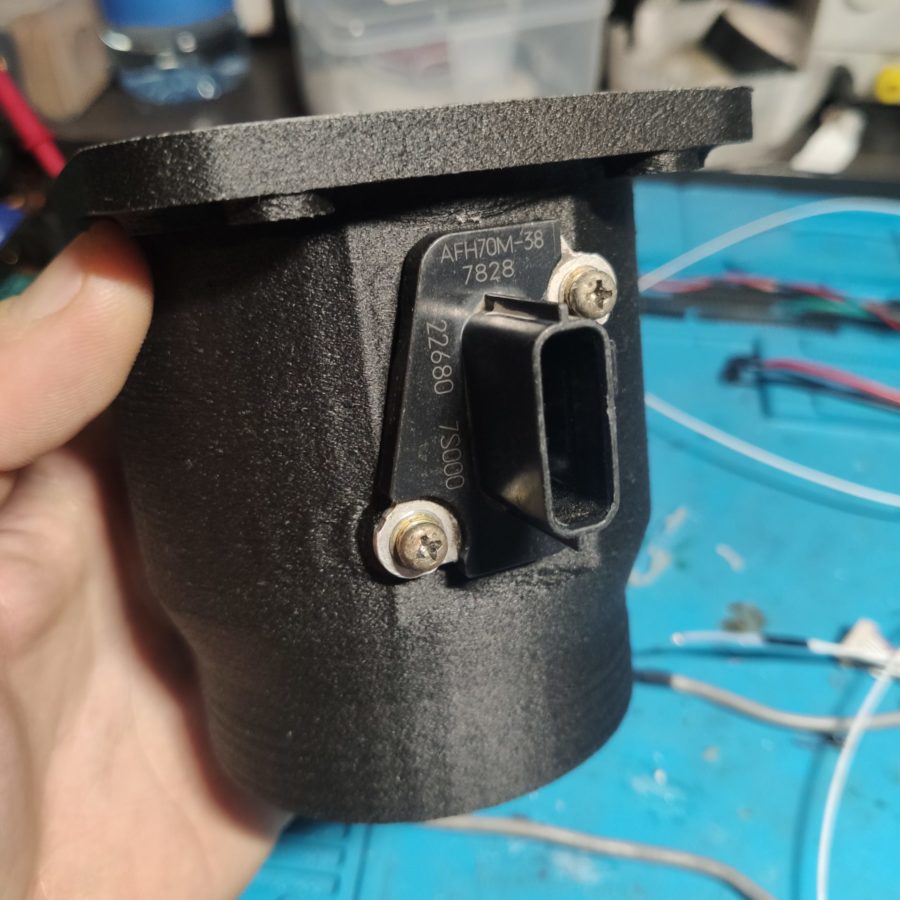

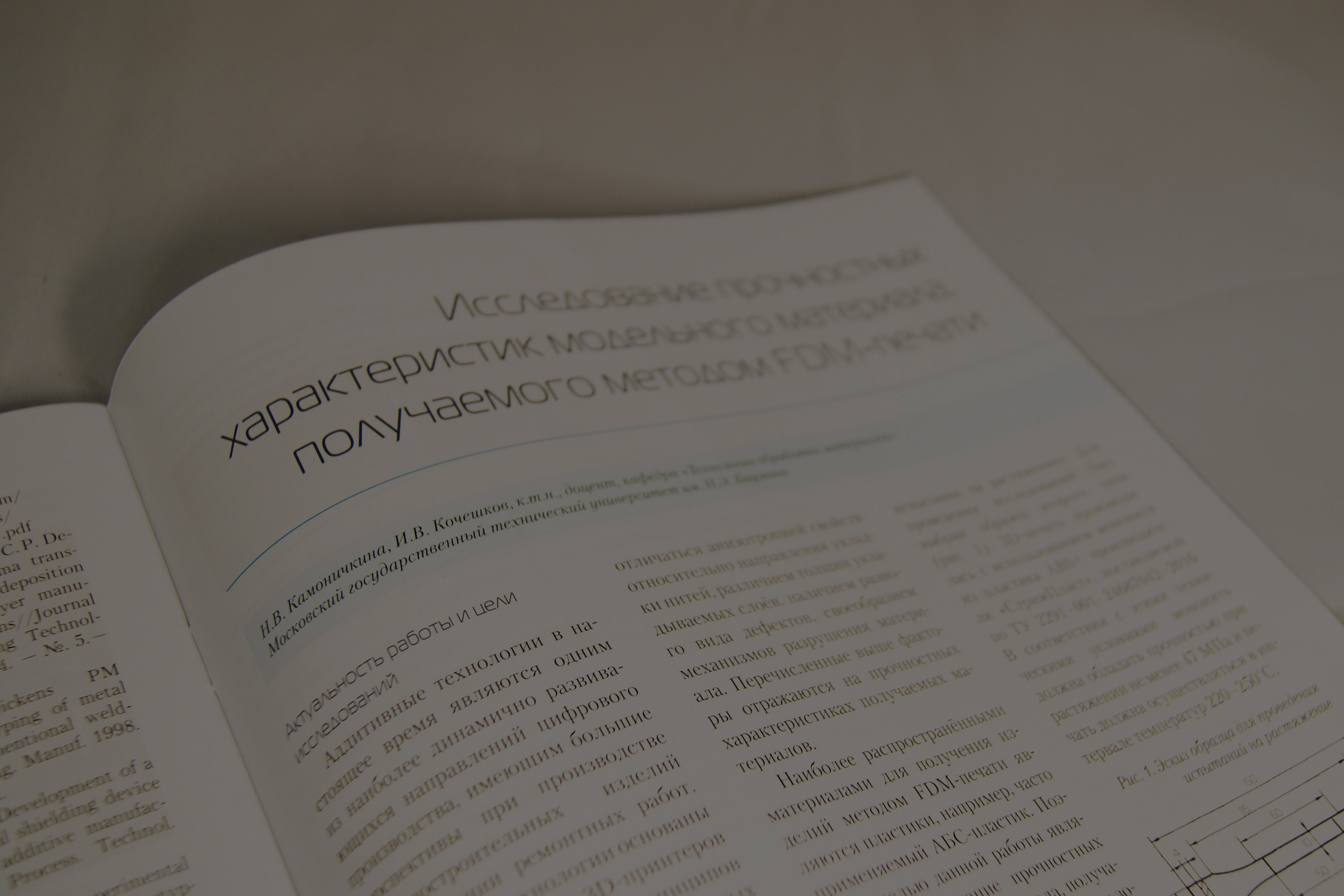




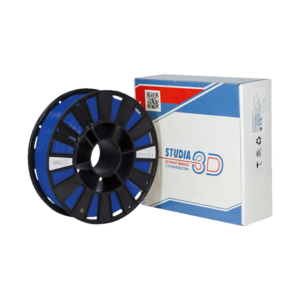
Author: Studia3D aggregator
More articles from Studia3D aggregator